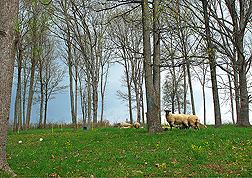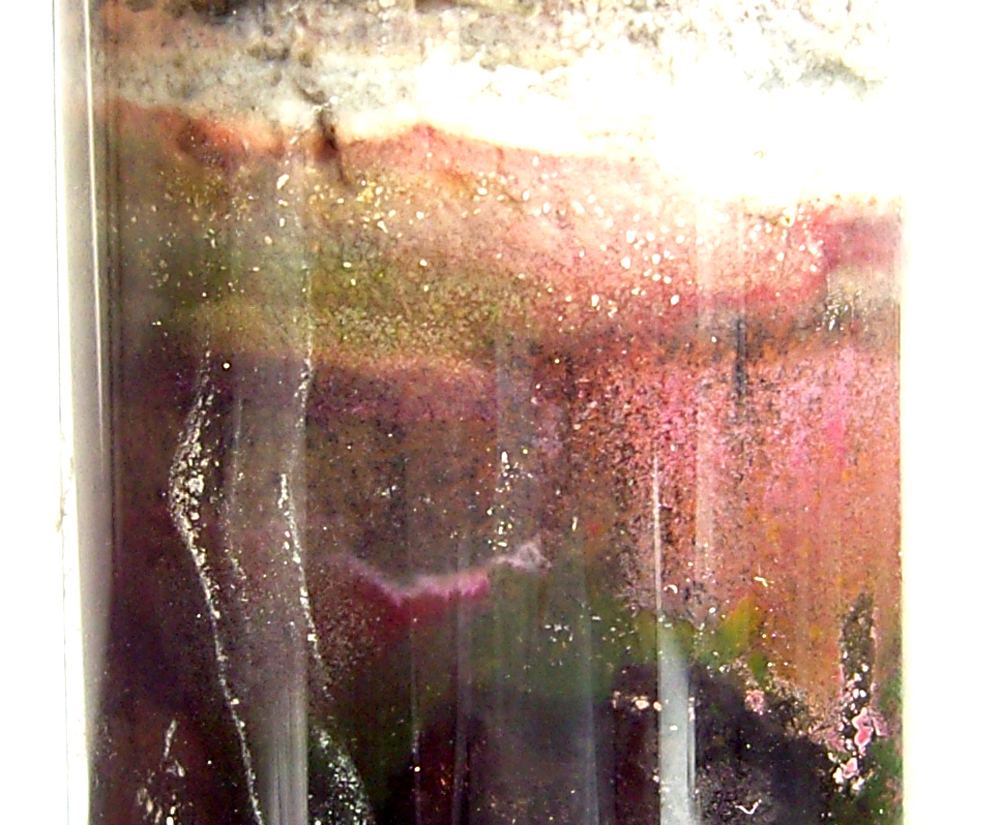I don't think the colors of the microbes are really an indication but I don't think you are going to get bad microbes this way either. When you say bad microbes....not sure if plants see it that way ...could be more of a shock if all introduced at once but, looking at soil bacteria it's more of danger to the lungs on the human. More microbes could present more of a danger there but for the plant, as long as pH is stable, I don't see microbes doing much bad. The pH may spike or drop though using microbes imo so that's why I would add slowly
Been research cause this boggles me
Ur wrong but right
The color does in fact indicate what you have if it’s good or bad
But what you have is liquid gold

en.m.wikipedia.org
purple non sulphur bacterias
Photosynthesis bacteria’s man the sunlight germ
However, they hardly form blooms with sufficiently high concentration to be visible without enrichment techniques.
Purple bacteria are involved in the
biogeochemical cycles of different nutrients. In fact they are able to photoautotrophically fix carbon, or to consume it photoheterotrophically; in both cases in anoxic conditions. However the most important role is played by consuming hydrogen sulphide: a highly toxic substance for plants, animals and other bacteria. In fact, the oxidation of hydrogen sulphide by purple bacteria produces non-toxic forms of sulfur, such as elemental sulfur and sulphate.
[8]
In addition, almost all non-sulfur purple bacteria are able to fix nitrogen (N2+8H+--->2NH3+H2),
[27] and Rba Sphaeroides, an alpha proteobacter, is capable of reducing nitrate to molecular nitrogen by
denitrification.
[28]
PNSB have the potential to
enhance plant growth performance, increase the yield and quality of edible plant biomass, boost the resistance to environmental stresses, bioremediate heavy metals and mitigate greenhouse gas emissions.







